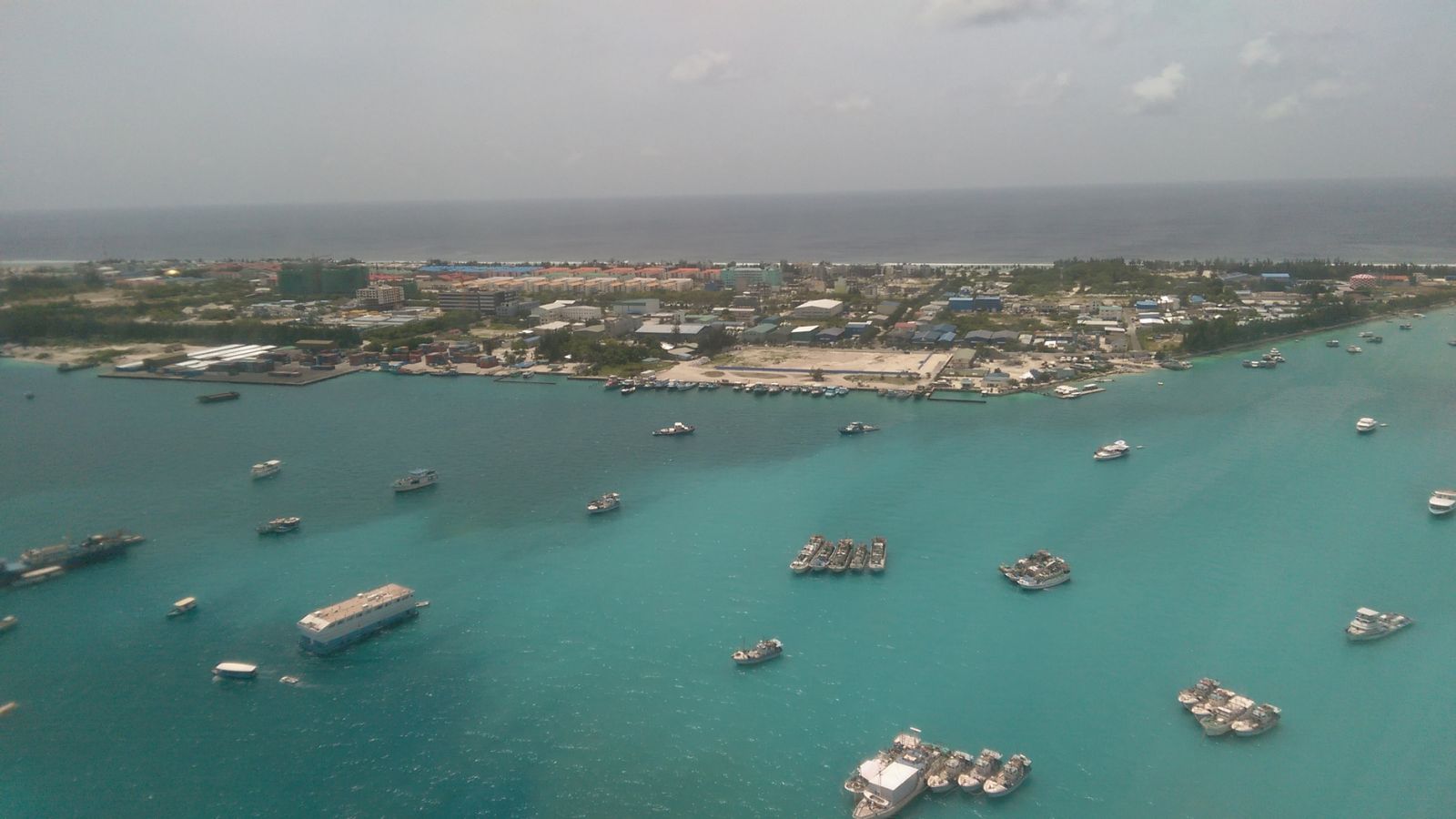The Maldives is a nation made up of over 1,000 small islands in the Indian Ocean. Most are very threatened by sea-level rise. But one is in far less danger — a manmade island called Hulhumalé.
The Maldivian government built Hulhumalé to relieve overcrowding by creating space for new housing.
“Hulhumalé used to be a reef bed,” says Sally Brown of Bournemouth University in England. “And what they did is they dredged sand from the surrounding area or shipped it in, and they built it up … until it was about two meters above mean sea level.”
Brown helped the Maldivian government assess how sea-level rise will affect Hulhumalé.
Her team found it’s likely to stay safe for most of this century, and longer if protected by a sea wall.
Brown says building the island damaged the reef bed and temporarily clouded the water with sediment.
But as small islands explore options for population growth amid sea-level rise, artificial islands such as Hulhumalé could provide a solution.
“Building an island from scratch has many advantages because you can control the height of the island when you build it,” she says. “So although it’s a lot of investment at the time, and the ecological impacts can be really significant, it can bring long-term benefits.”
Reporting credit: Stephanie Manuzak/ChavoBart Digital Media
Source link


